Boeing 720 Controlled Impact Demonstration
Remotely piloted Boeing 720 Controlled Impact Demonstration aircraft burning after failure of anti-misting fuel to prevent a fire.
The Controlled Impact Demonstration (or colloquially the Crash In the Desert) was a joint project between NASA and the Federal Aviation Administration (FAA) aimed at acquiring data, as well as demonstrating and testing new technologies, with the intent of improving occupant crash survivability, by crashing a Boeing 720 aircraft. The tests involved the efforts of NASA Ames Research Center, Langley Research Center, Dryden Flight Research Center, the FAA, and General Electric, and required more than 4 years of work before the test occurred. The aircraft was remotely controlled for the tests, and numerous test runs were undertaken prior to performing the actual impact. The impact test flight occurred on December 1, 1984, proceeding generally according to plan, and resulting in a spectacular fireball which required more than an hour to extinguish. (Wikipedia)
| 















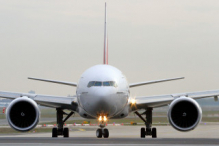

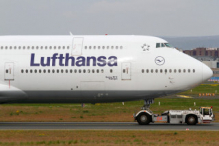


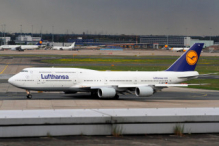


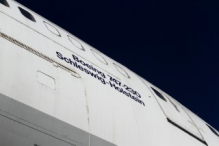



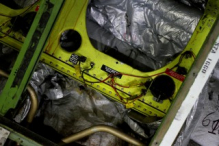










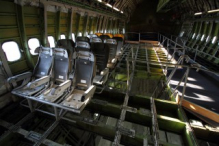











 Tags:
Tags: